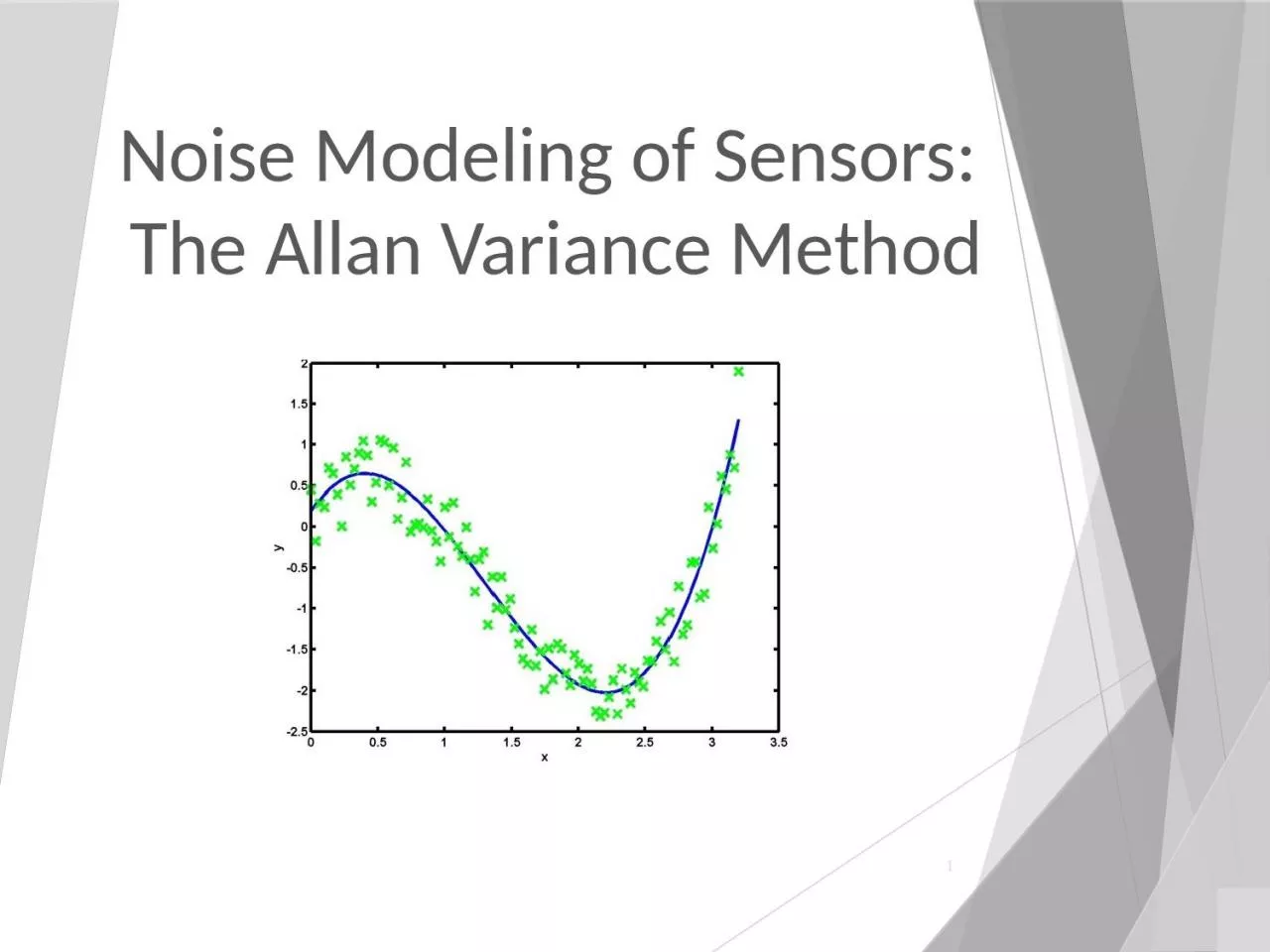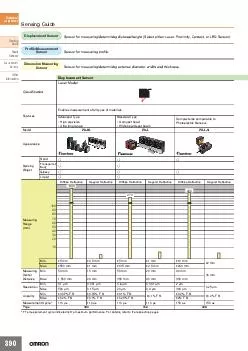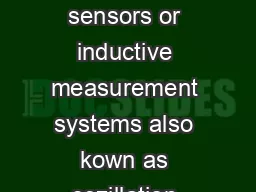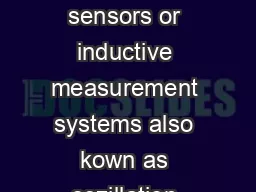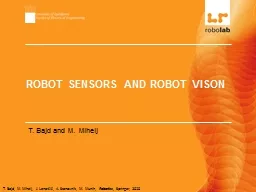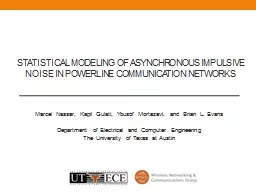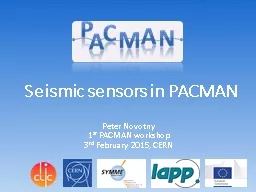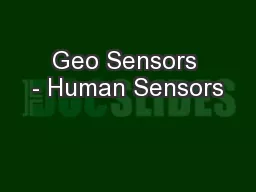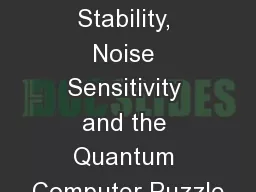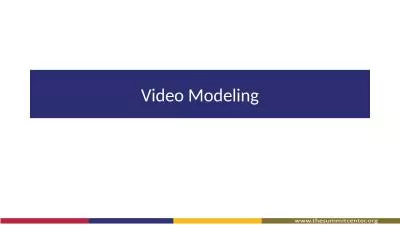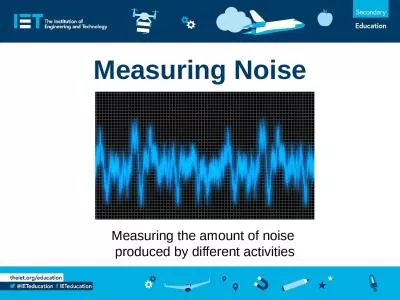PPT-Noise Modeling of Sensors:
Author : lydia | Published Date : 2023-11-08
The Allan Variance Method 0 You should be able to answer these questions PART I MOTIVATION What is noise What is noise modeling and why is it required PART II BASICS
Presentation Embed Code
Download Presentation
Download Presentation The PPT/PDF document "Noise Modeling of Sensors:" is the property of its rightful owner. Permission is granted to download and print the materials on this website for personal, non-commercial use only, and to display it on your personal computer provided you do not modify the materials and that you retain all copyright notices contained in the materials. By downloading content from our website, you accept the terms of this agreement.
Noise Modeling of Sensors:: Transcript
Download Rules Of Document
"Noise Modeling of Sensors:"The content belongs to its owner. You may download and print it for personal use, without modification, and keep all copyright notices. By downloading, you agree to these terms.
Related Documents

